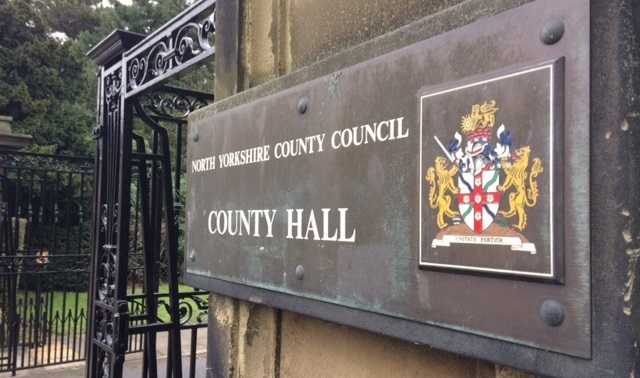
Council bosses behind a move to equalise council tax charges across North Yorkshire are facing calls to explain why the new system they are proposing to introduce will cost taxpayers millions of pounds a year more to run than the current system.
North Yorkshire County Council has revealed the cost of administering the unitary authority’s council tax scheme is expected to be £37m, £2.4m more than the current structure run by North Yorkshire’s district and borough councils.
A report to a meeting of the authority’s executive members on Tuesday states a cross-party group of councillors has proposed unifying council tax bills across the seven districts over the next two financial years as some areas are paying higher rates than others.
Bills for an average Band D property would rise by £44.75 during each of the two financial years on a bill of £1,586.83 in Hambleton, £12.88 on a bill of £1,650.57 in the Selby district, £10.88 on a bill of £1,654.56 in Craven and by 38p on a bill of £1,675.56 in Ryedale.
However, in Harrogate average bills would fall by £23.47 during each of the two years on the current bill of £1,723.27, Scarborough district would see an annual reduction of £17.89 on a bill of £1,712.10, while Richmondshire would witness a cut each year of £8.01 on a bill of £1,692.35.
The proposed increases and cuts in council tax charges do not include what increases the new unitary authority, police and fire services and parish councils may levy from April 1.
The county council’s executive member for finance, Councillor Gareth Dadd said the authority was acutely aware of the financial pressures which everyone is under with rising inflation and the cost of energy and food soaring.
He said: “A great deal of work has gone into the proposed scheme to harmonise council tax bills across all seven districts, and we believe that the plan that has been drawn up to introduce the changes over the two years represents the fairest way forward for everyone involved.”
As part of the proposals, the executive committee will consider providing up to 100 per cent reductions on council tax bills for households on the lowest incomes.
However, opposition politicians said the rising cost of administering council tax in under the unitary authority raised a red flag, particularly after as the county council had estimated savings brought about by creating abolishing the district and county councils and establishing a unitary authority should reach £252m over its first five years.
Councillor Andy Brown, the authority’s Green Party group coordinator said: “We were assured that combining into one council would be simple and would reduce costs. We are already seeing how comlicated it is and how hard it is to achieve the cost savings.”
Leader of the council’s Independent group, Councillor Stuart Parsons added: “Big is supposed to be better. One is supposed to be cheaper than eight and this is an area where one is certainly not cheaper. How many other areas will there be.
“This is against all the logic of the massive savings that they claim would result from unification. What other extra costs are envisaged as a result of local government reorganisation and what savings are envisaged to come up with the magnificent £50m a year they have claimed would be found.”
Coun Parsons said it would take many years for the new authority to iron out inequalities between services in the seven boroughs.
He added: “I would like a full explanation of how the council has come to this £2.4m figure and how they are going to make it cost neutral. Eventually they should be able to make savings on staff as they establish a single team, but it’s going to take a long, long time.”


Be the first to comment